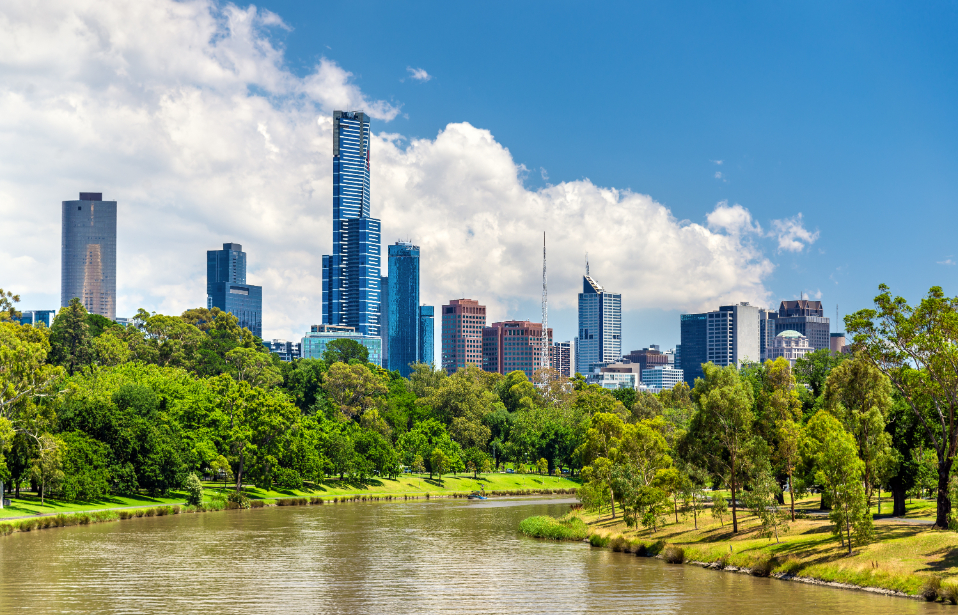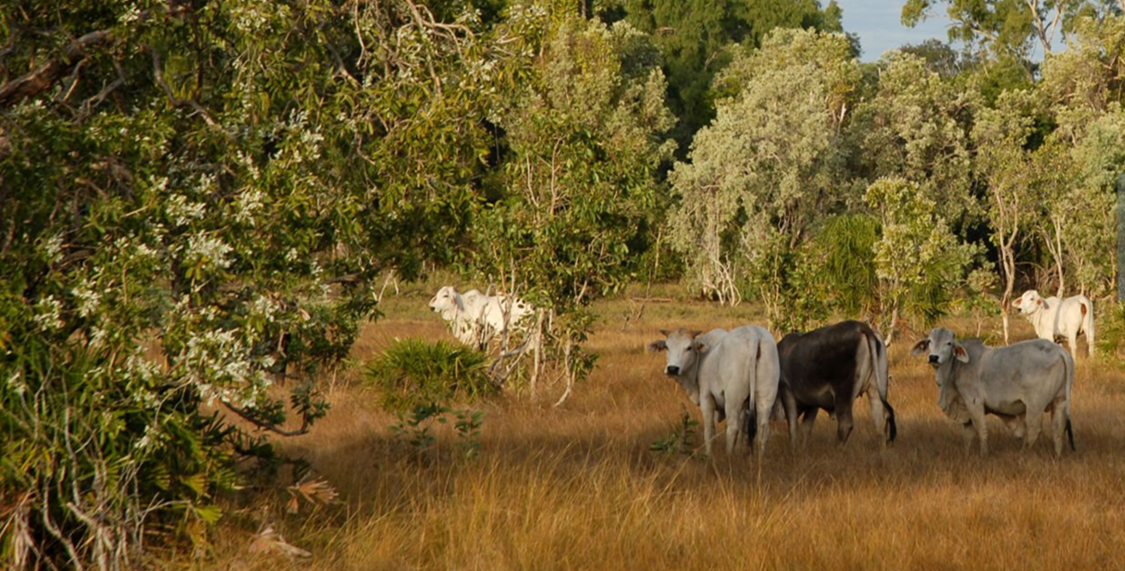Post-fire catchment hazard assessment toolbox
Alluvium supported the Victorian Government in better communities, infrastructure and the environment protection from post-fire hazards by integrating the latest science into rapid assessment tools that model debris flows, flash floods and water quality risks in vulnerable upland catchments.

In forested upland areas, intense rainfall following bushfires can trigger high-magnitude hydrogeomorphic events—such as debris flows, flash floods, and water quality degradation—that threaten lives, infrastructure, and ecosystems. These hazards are becoming more frequent and severe due to climate change, with increased bushfire activity and more extreme rainfall intensities leaving catchments increasingly vulnerable. As communities and infrastructure expand into steep terrain, the exposure to these hazards also rises.
To help the Victorian Government rapidly assess and mitigate these risks, this project updates the Victorian Rapid Risk Assessment Teams’ (RRAT) Flooding and Erosion deployment model. The update includes a major software rebuild, enhancing usability, processing speed, and likelihood modelling for debris flows, flash flooding, and water quality impacts.
Alluvium and Mosaic Insights, in collaboration with the University of Melbourne, has been working with the Department of Energy, Environment and Climate Action (DEECA) to incorporate the latest scientific research into these model algorithms. This ensures DEECA has the tools to respond quickly and protect communities, infrastructure, and environmental assets from post-fire hazards.
To help the Victorian Government rapidly assess and mitigate these risks, this project updates the Victorian Rapid Risk Assessment Teams’ (RRAT) Flooding and Erosion deployment model. The update includes a major software rebuild, enhancing usability, processing speed, and likelihood modelling for debris flows, flash flooding, and water quality impacts.
Alluvium and Mosaic Insights, in collaboration with the University of Melbourne, has been working with the Department of Energy, Environment and Climate Action (DEECA) to incorporate the latest scientific research into these model algorithms. This ensures DEECA has the tools to respond quickly and protect communities, infrastructure, and environmental assets from post-fire hazards.


